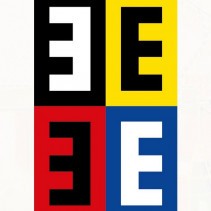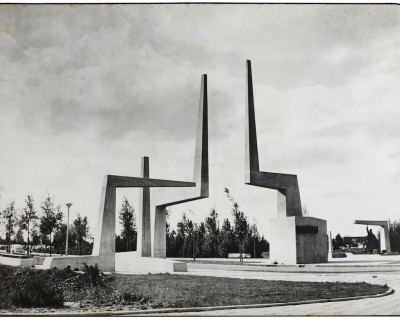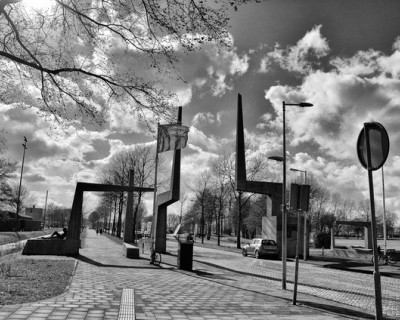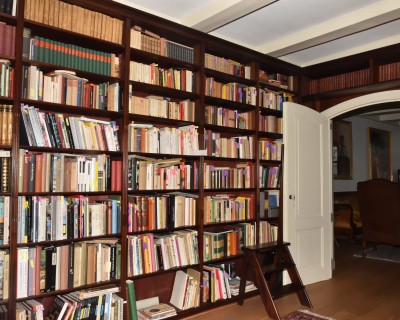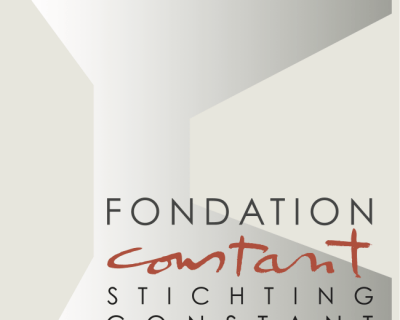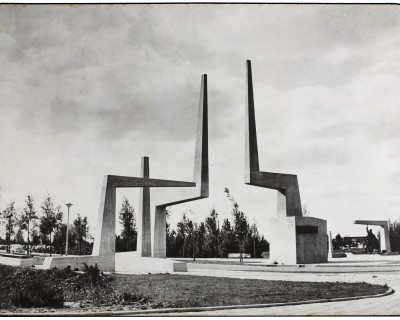Van Eesteren Museum
Location
Genre
The Van Eesteren Museum in Amsterdam Nieuw-West consists of an indoor museum, an outdoor museum and a 1950s museum house, and was founded in 2010. The museum is named after Cornelis van Eesteren, who was an urban planner who drew up the expansion plans for post-war Amsterdam in the 1930s. This means that the Westelijke Tuinsteden was conceived on his drawing board. His motto was: “light, air and space”. With this he determined the face of the Nieuw-West district.
Van Eesteren Museum will create a guided tour, passing the Poort van Constant, that people can download for free.
Image
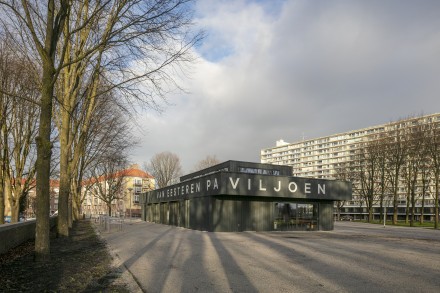
Image
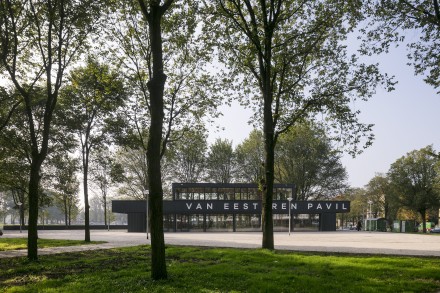
The Van Eesteren Museum tells the story of Amsterdam’s Garden Cities, urban developments, architecture and residents’ history of the 1950s and 1960s. The museum is dedicated to this tangible and intangible cultural heritage, to the designed heritage, and also to the daily life of then and now.
The museum has a permanent exhibition about Cornelis van Eesteren and the Westelijke Tuinsteden. The museum also organizes temporary exhibitions, acts as a platform for debate, reflection and experiment and organizes numerous activities, such as walks and workshops for children.
Image
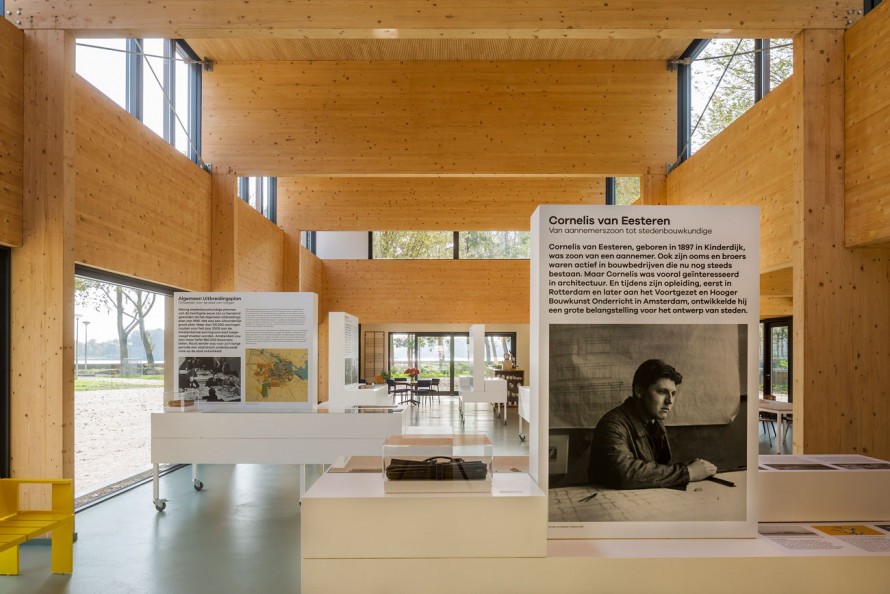
Description
Since 2017, the Van Eesteren Museum has been housed in the Van Eesteren Pavilion on the north bank of the Sloterplas, in the blue-green heart of the Westelijke Tuinsteden. The permanent exhibition is about architect and urban planner Cornelis van Eesteren (1897–1988) and the special design of the Westelijke Tuinsteden. The urban heritage of Cornelis van Eesteren forms the outdoor museum.
Van Eesteren Museum and Constant
According to Van Eesteren Museum, Constant has expressed and pictured his critique of modernism, as shown by architect Le Corbusier and urban planner Cornelis van Eesteren, with attention for space for the playing child. Together with a member of the Provo-movement Roel van Duijn, Constant created places in public space for the playing child who is in the middle of the process of growing up.
During the years 1945–1960, architect Aldo van Eyck designed playgrounds and playground equipment in Amsterdam in which freedom served as the main ideal. His main source of inspiration was Johan Huizinga’s 1938 book Homo ludens. Historian Huizinga argues that play is a necessary condition for the production of culture. This starting point was also important to Constant and formed the basis of his interventions and playful provocations in the urban landscape. Within Constant’s playful and socialized image of society, creativity takes on the role of an inventive and an innovative act.
Image

Description
Image
The Poort van Constant (1963), that is part of the tour that Van Eesteren Museum offers, fits in well with the spatial concept of Cornelis van Eesteren. Constant realized his monumental gate in the General Expansion Plan (GAP) by Cornelis van Eesteren after the Second World War. Air, light and space became the visible credo of reconstruction, in which van Eesteren offers space for the emancipation of the individual and free time. In addition, one could argue that both Van Eesteren and Constant were visionaries. They both shaped an ideal of living together in which the individual could develop, although Van Eesteren’s approach was more business-like than that of the artist Constant.
